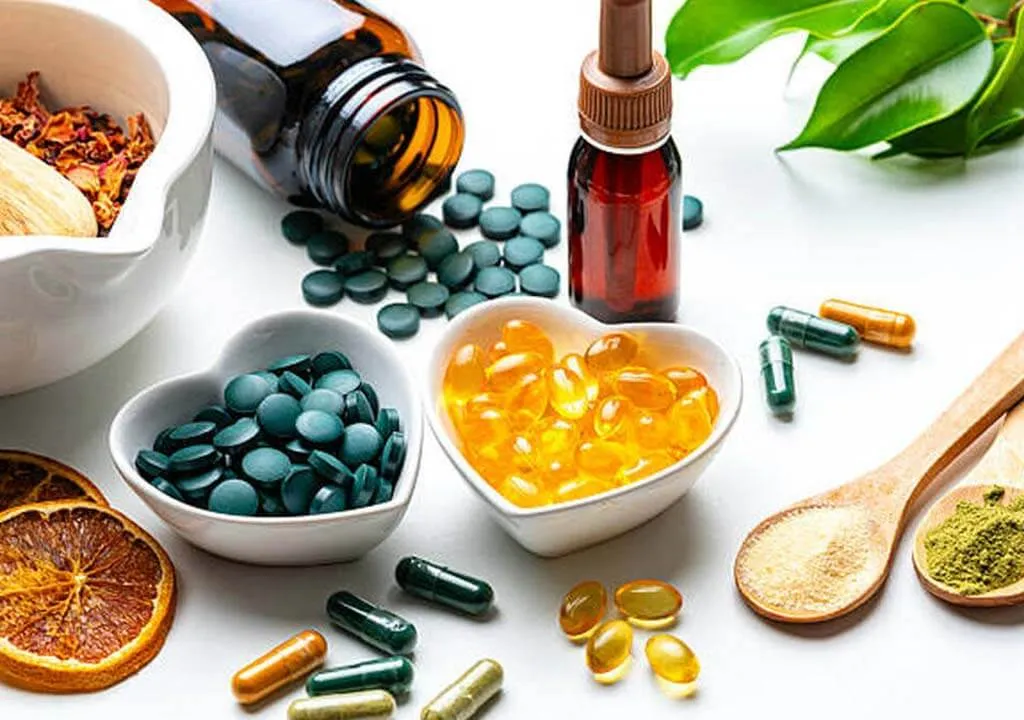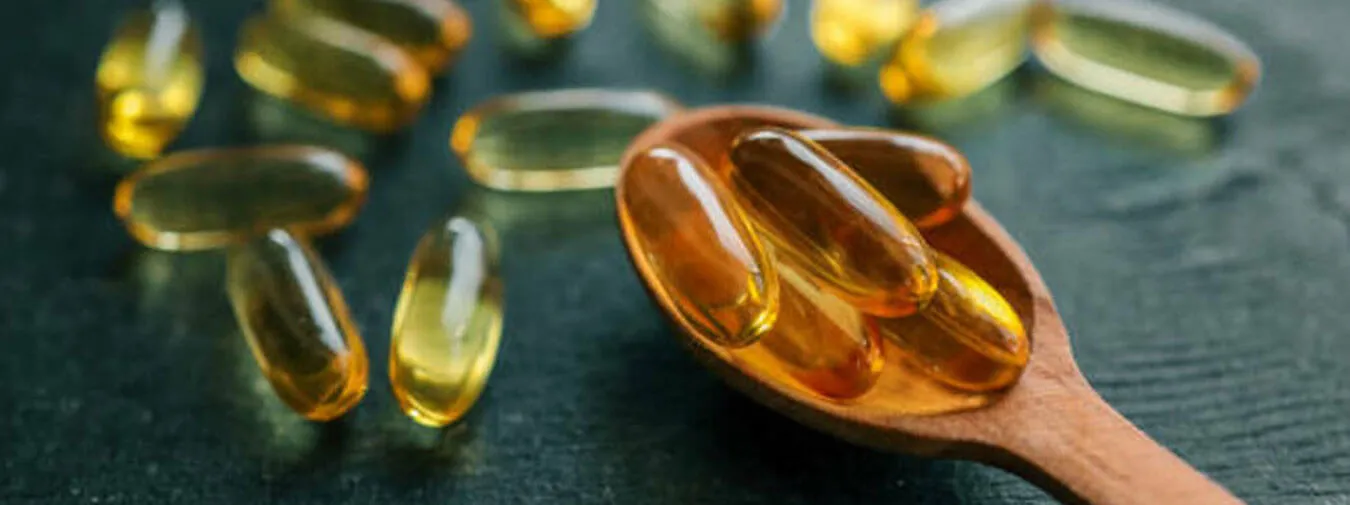Some people are deficient in vitamin D, and because this essential nutrient offers so many benefits, it’s important to correct that deficiency as soon as possible. Vitamin D supports bone health, boosts the immune system, improves mood, and helps your body absorb calcium effectively. Unfortunately, limited sun exposure, certain diets, or lifestyle factors can make it difficult to get enough of this vital nutrient. In this guide, we’ll walk you through seven easy and practical ways to increase your vitamin D levels quickly, plus important tips on recognizing deficiency symptoms and avoiding the risks of taking too much.
Soak Up Safe Sunlight Daily
Sunlight is the most natural and effective way for your body to produce vitamin D. When your skin is exposed to ultraviolet B (UVB) rays, it synthesizes vitamin D from cholesterol, helping maintain healthy blood levels. To boost your levels naturally, aim to spend 10–30 minutes in the sun several times per week, depending on your skin tone, time of day, and location.
For fairer skin, shorter exposure times are usually enough, while those with darker skin may need a bit longer. Midday, around noon, is often the best time, as the sun’s rays are strongest and more efficient for vitamin D production. However, it’s essential to practice sun safety. Excessive sun exposure can accelerate skin aging and increase the risk of damage.

Include More Fish and Seafood in Your Diet
Seafood is one of the richest natural sources of vitamin D. Fish obtain this nutrient through the food chain, beginning with tiny organisms called plankton. Phytoplankton and zooplankton float near the water’s surface and absorb sunlight, which increases their vitamin D content. When fish consume them, the vitamin D accumulates in their tissues.
Fatty fish are especially high in vitamin D and can help you raise your levels efficiently. For a 3-ounce (85-gram) portion, the approximate vitamin D content is:
- Rainbow trout: 645 IU
- Salmon: 383–570 IU
- Canned tuna: 231 IU
- Herring: 182 IU
- Canned sardines: 164 IU
- Tilapia: 127 IU
- Flounder: 118 IU
Explore Foods Enriched with Vitamin D
Many foods are now fortified with vitamin D to help prevent deficiency, making it easier to meet your daily needs through diet. Dairy items like milk, yogurt, and cheese are often fortified, making them an easy way to boost your intake. Breakfast cereals and margarine are also popular sources of vitamin D, offering a convenient and ready-to-eat way to boost your intake. Additionally, some juices and plant-based beverages are enriched with vitamin D, offering alternatives for those who avoid dairy.
Check Out Dairy-Free Fortified Alternatives
If you follow a dairy-free diet or are looking to reduce your dairy intake, there are plenty of fortified alternatives to help you maintain healthy vitamin D levels. Plant-based milks such as soy, almond, oat, and rice milk are often enriched with vitamin D, along with other nutrients like calcium and vitamin B12. Many non-dairy yogurts and spreads are also fortified, providing convenient ways to incorporate vitamin D into your meals. Always check the nutrition labels to confirm the vitamin D content, as it can vary between brands and products.

Incorporate Mushrooms into Your Meals
Mushrooms are a simple and versatile source to increase your natural vitamin D intake. Exposed to sunlight, they produce vitamin D2 thanks to ergosterol, a compound in their cell walls that acts like cholesterol. While wild mushrooms tend to have higher vitamin D levels, even commonly available button mushrooms can contribute to your daily needs; the drying process actually helps preserve their vitamin D content.
Boost How Your Body Absorbs Vitamin D
Getting enough vitamin D isn’t just about taking supplements or spending time in the sun; it’s also about helping your body absorb it efficiently. Certain nutrients and dietary habits can make a big difference:
Pair with healthy fats: Vitamin D is fat-soluble, so consuming it with healthy fats like olive oil, avocado, or nuts can significantly improve absorption. Research indicates that consuming vitamin D alongside a meal containing healthy fats can boost its absorption by more than 30% compared to meals without fat.
Support with magnesium: Magnesium plays a crucial role in enabling the body to use vitamin D. Supplements that combine magnesium with vitamin D have been shown to raise vitamin D levels more effectively than vitamin D alone.
Include zinc: Zinc is another mineral that helps activate vitamin D. Adequate zinc intake may enhance vitamin D levels and reduce the risk of deficiency.
Add vitamin K: Vitamin K works in harmony with vitamin D to support bone and heart health. Ensuring enough vitamin K in your diet can help your body use vitamin D more effectively.
Take a Vitamin D Supplement
If you struggle to get enough vitamin D from sunlight or food, taking a supplement can be an effective way to support your health. Vitamin D supplements come in two forms, D2 and D3, both of which help increase vitamin D levels in your blood. However, research suggests that vitamin D3 is more efficient at correcting deficiencies and maintaining long-term levels.
You can also get vitamin D naturally from cod liver oil, which offers the added benefit of omega-3 fatty acids. Just one teaspoon (about 5 mL) provides roughly 400 IU of vitamin D.
For most adults, the recommended daily intake is 600 IU, while adults over 70 should aim for 800 IU to help prevent bone loss and maintain strong immunity.
Before starting any supplement, consult your doctor, especially if you’re pregnant or breastfeeding, have kidney or thyroid conditions, or experience high calcium levels. Using vitamin D safely ensures you get its benefits without unwanted side effects.

Understanding the Risks of Excess Vitamin D
While vitamin D is essential for strong bones, immune support, and overall health, getting too much of it can be harmful. Excess vitamin D in the body leads to an abnormal buildup of calcium in the blood, a condition known as hypercalcemia. This can cause symptoms such as nausea, vomiting, constipation, and fatigue, and over time may even damage the kidneys or weaken the bones you were trying to protect.
Most adults only need around 600 IU per day, and intakes up to 2,000 IU are typically safe. However, regularly taking very high doses such as 10,000 IU or more increases the risk of hypervitaminosis D (vitamin D toxicity). To stay safe, it’s best to follow recommended dosages and consult a healthcare provider before taking large supplements for extended periods.
Signs You Might Be Low in Vitamin D
When your body doesn’t get enough vitamin D, it can show up in subtle but important ways. Since this vitamin supports bone strength, muscle function, and immunity, a deficiency can affect multiple systems at once. You might experience frequent fatigue, muscle weakness, or even mood changes such as feeling unusually low or anxious. Bone or joint pain, brittle nails, and dental issues can also be warning signs that your vitamin D levels are running low.
If these symptoms sound familiar, it’s worth getting your vitamin D levels checked. A simple blood test can confirm whether you need to adjust your diet, lifestyle, or supplements.
Conclusion
In this article, we explored 7 ways to quickly increase Vitamin D levels. We also explained how to improve absorption by pairing vitamin D with healthy fats and when it may be necessary to take a supplement. At the same time, we emphasized safety, outlining the risks of excessive vitamin D and the symptoms of deficiency to watch for. By following these steps consistently, you can restore and maintain healthy vitamin D levels, supporting strong bones, a healthy immune system, and overall energy.
